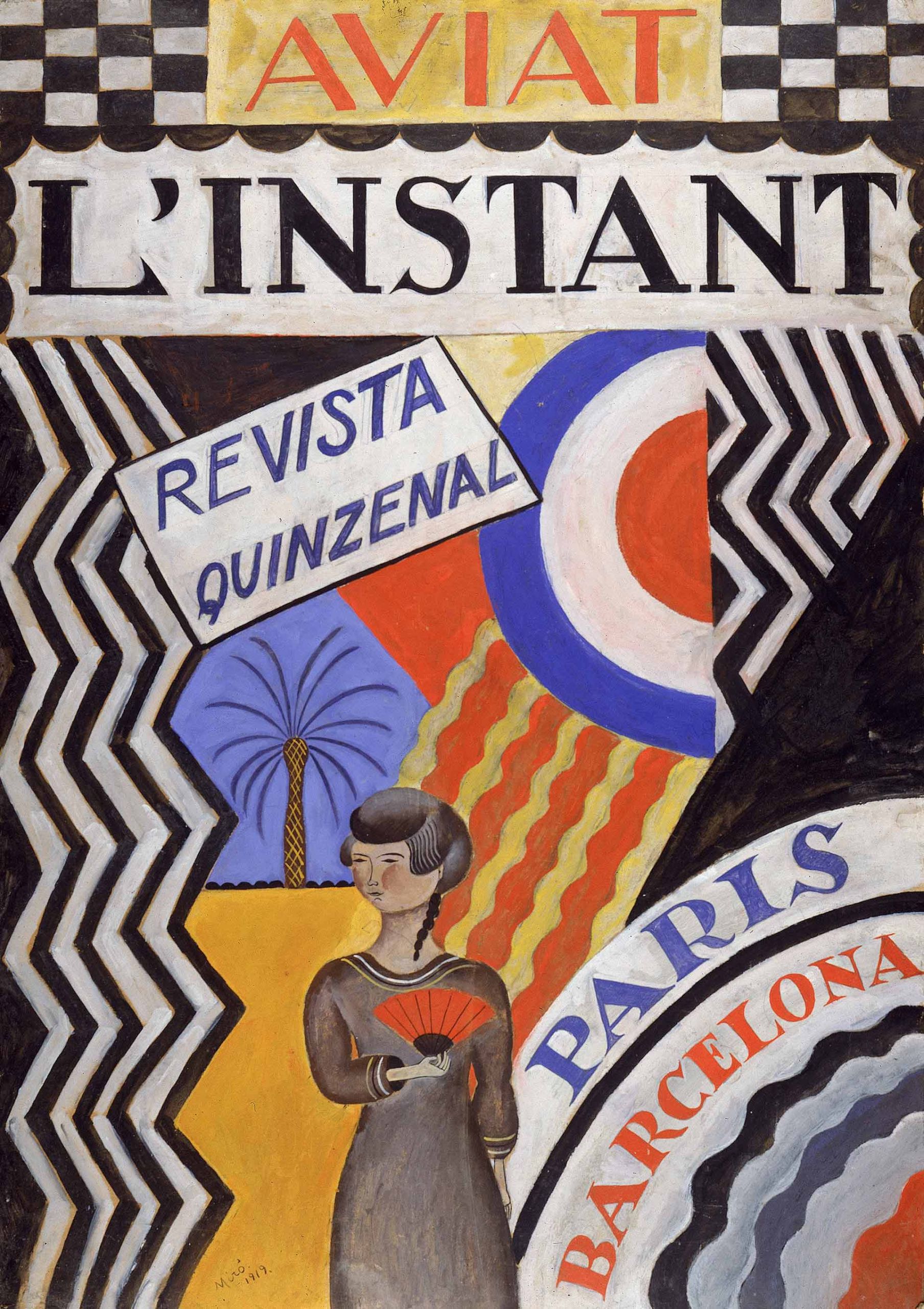From Barcelona to Paris
The Barcelona where Miró trained as an artist was a conservative city, but various personalities emerged there in the late 1910s with a commitment to the new ideas arriving from Paris, among them composer Frederic Mompou, poet J.V. Foix, and Miró himself. During World War I, several significant avant-garde artists also took refuge in Barcelona, such as Francis Picabia, Robert and Sonia Delaunay, and Marcel Duchamp, all of whom Miró met. The Catalan painter was longing to go to the French capital, imagining that he would find great creative freedom there and would frequent the company of the most advanced artists, poets, and art dealers of his time.
Between 1918 and 1920, Miró painted what have been called his “detailist” works, characterized by great concentration and delicacy of execution. They reflect an arcadian rural world where the goal of objectivity was already being transformed into a visionary or hallucinatory gaze. From this first period is his Self-portrait (1919), whose austerity is close to Romanesque art. In 1923, Miró wrote: “I have managed to break away and free myself definitively from nature, and the landscapes no longer have anything to do with exterior reality.” Interior (The Farmer’s Wife) (1922–23), also on a country theme, is a transitional piece. It is still possible here to identify features like a cat or a stove, but the enormous bare feet of the protagonist confirm that mere representation is not the objective, showing how the energy that transfigures the real comes from the earth.



